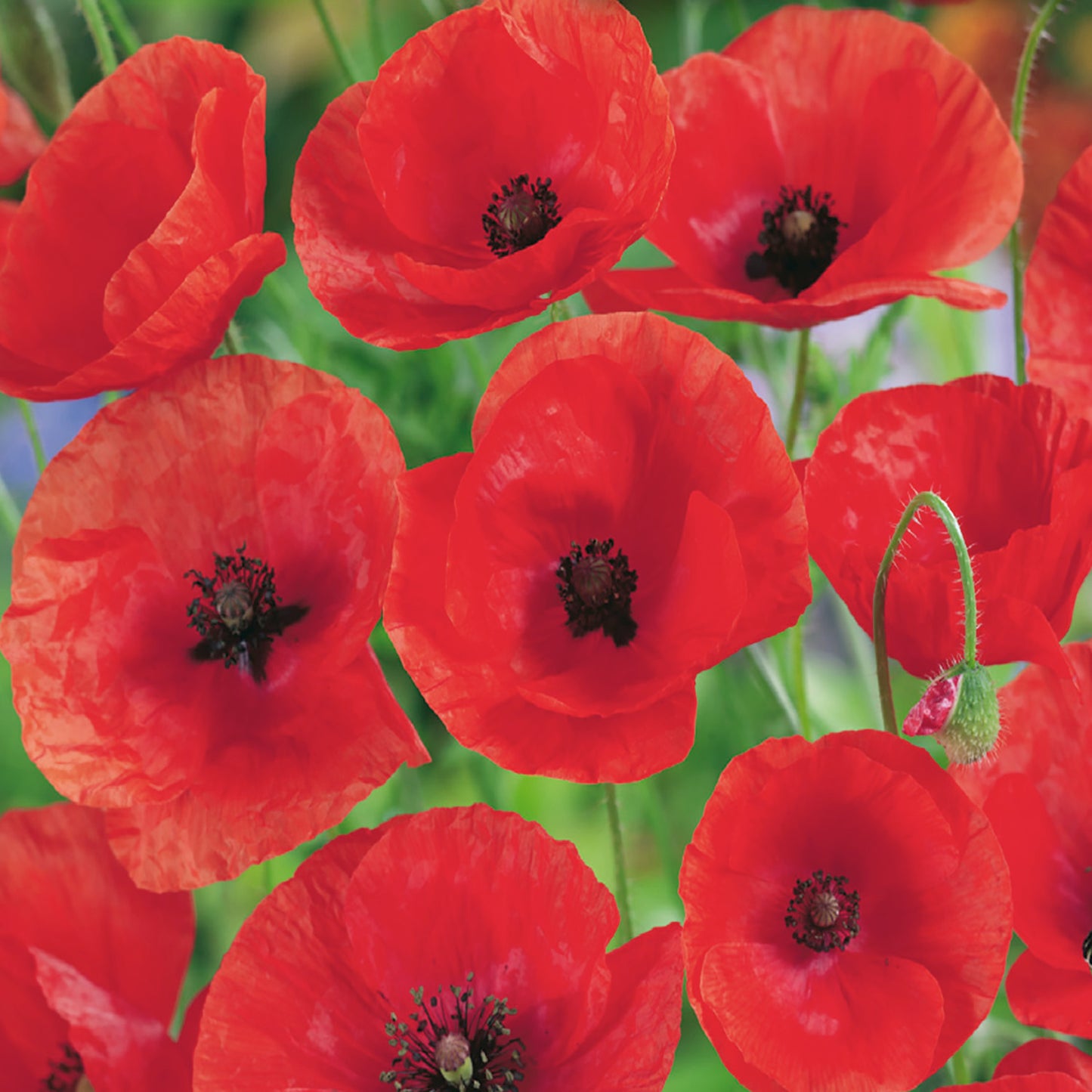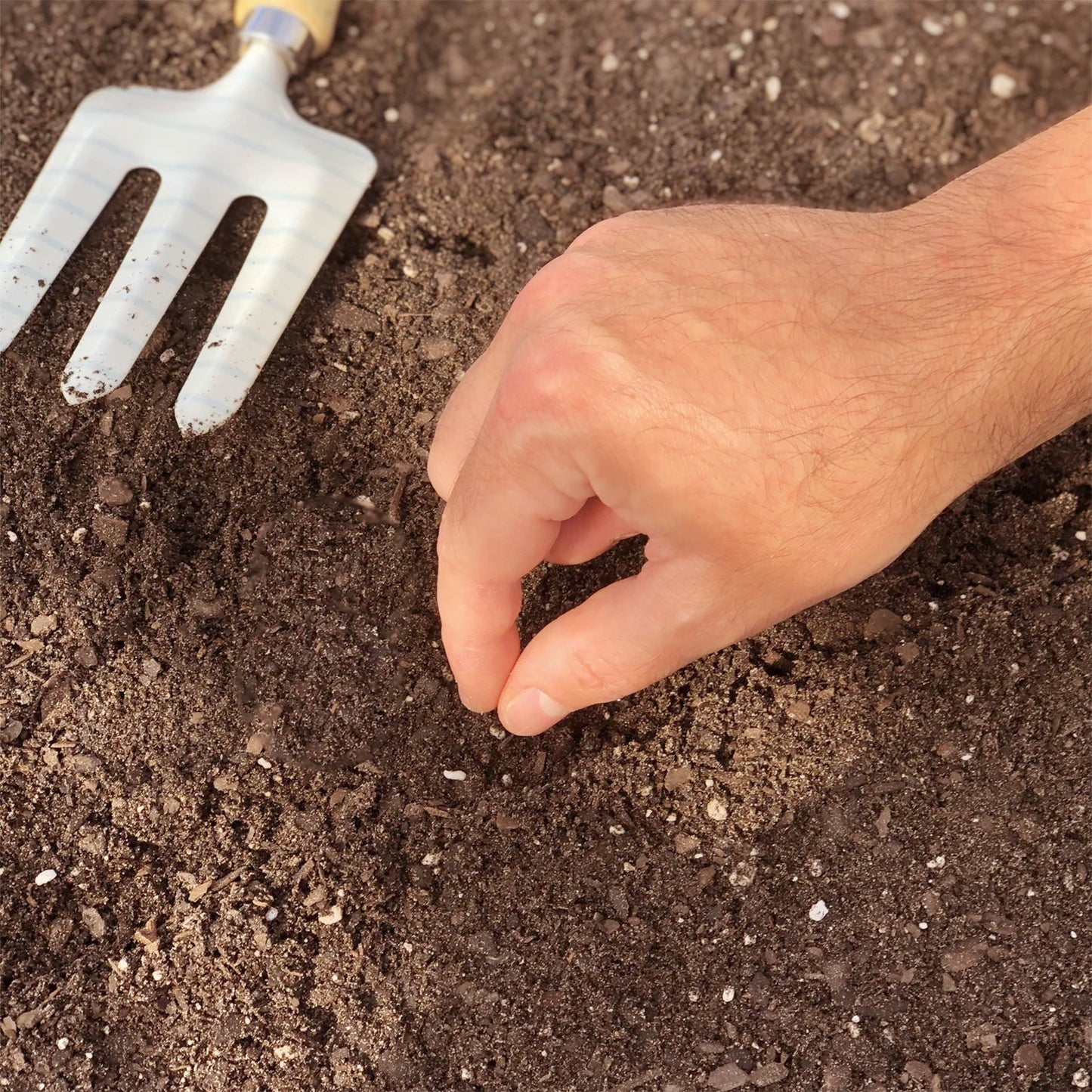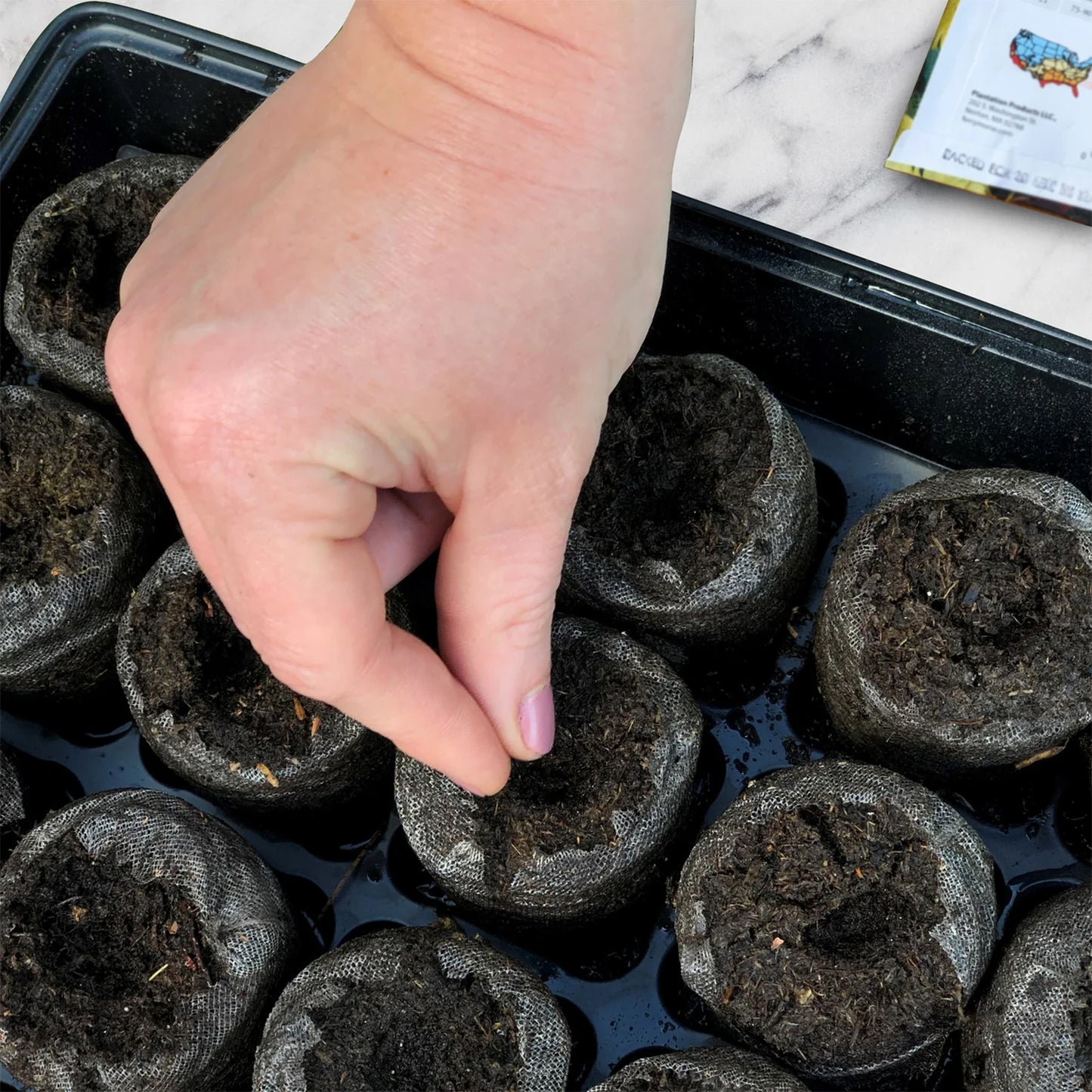Happy Earth Day - Buy One Get One Seed Packet! Use Code EARTHDAY25 + Free Shipping On Orders Over $35 >





You may also like

Join our rewards program today to start saving!

Free Shipping on orders over $50

There are a ton of ways to earn!









